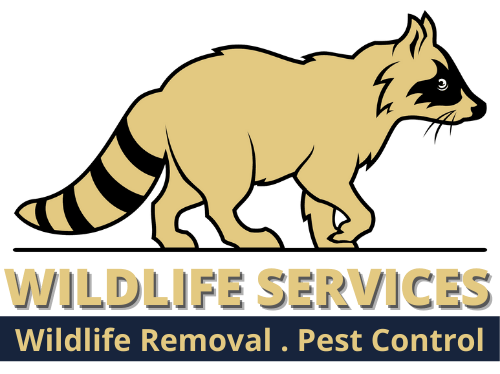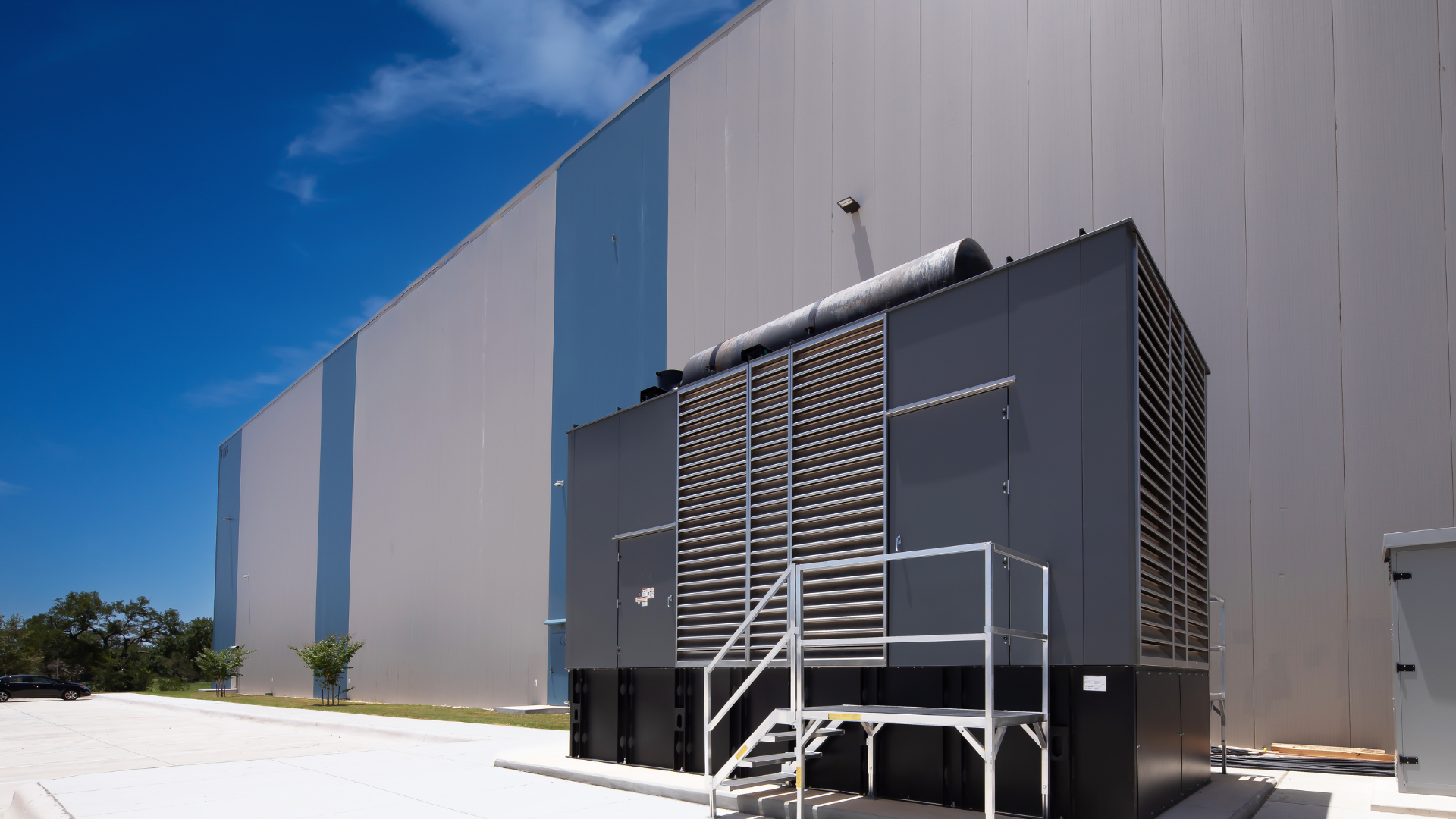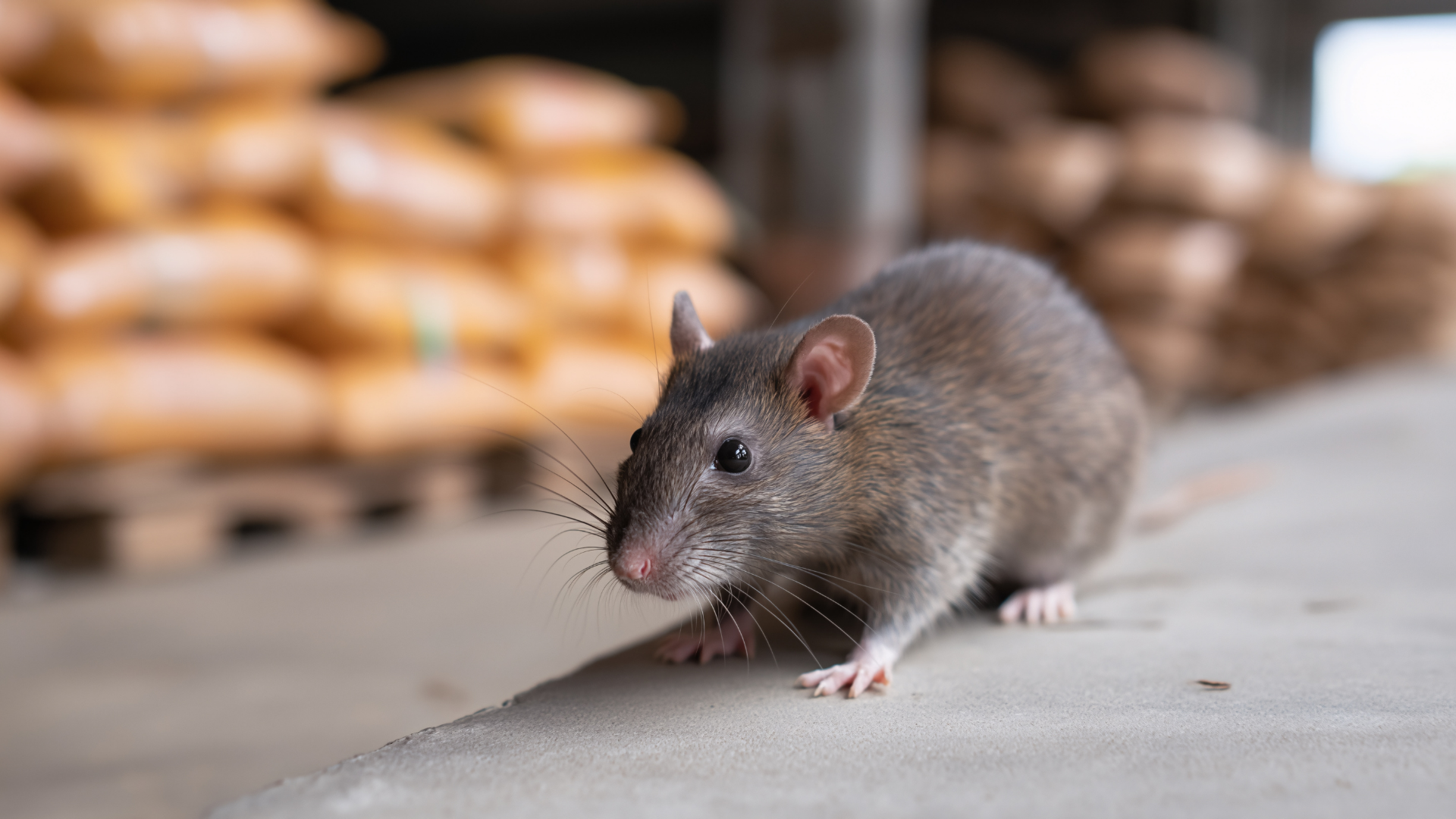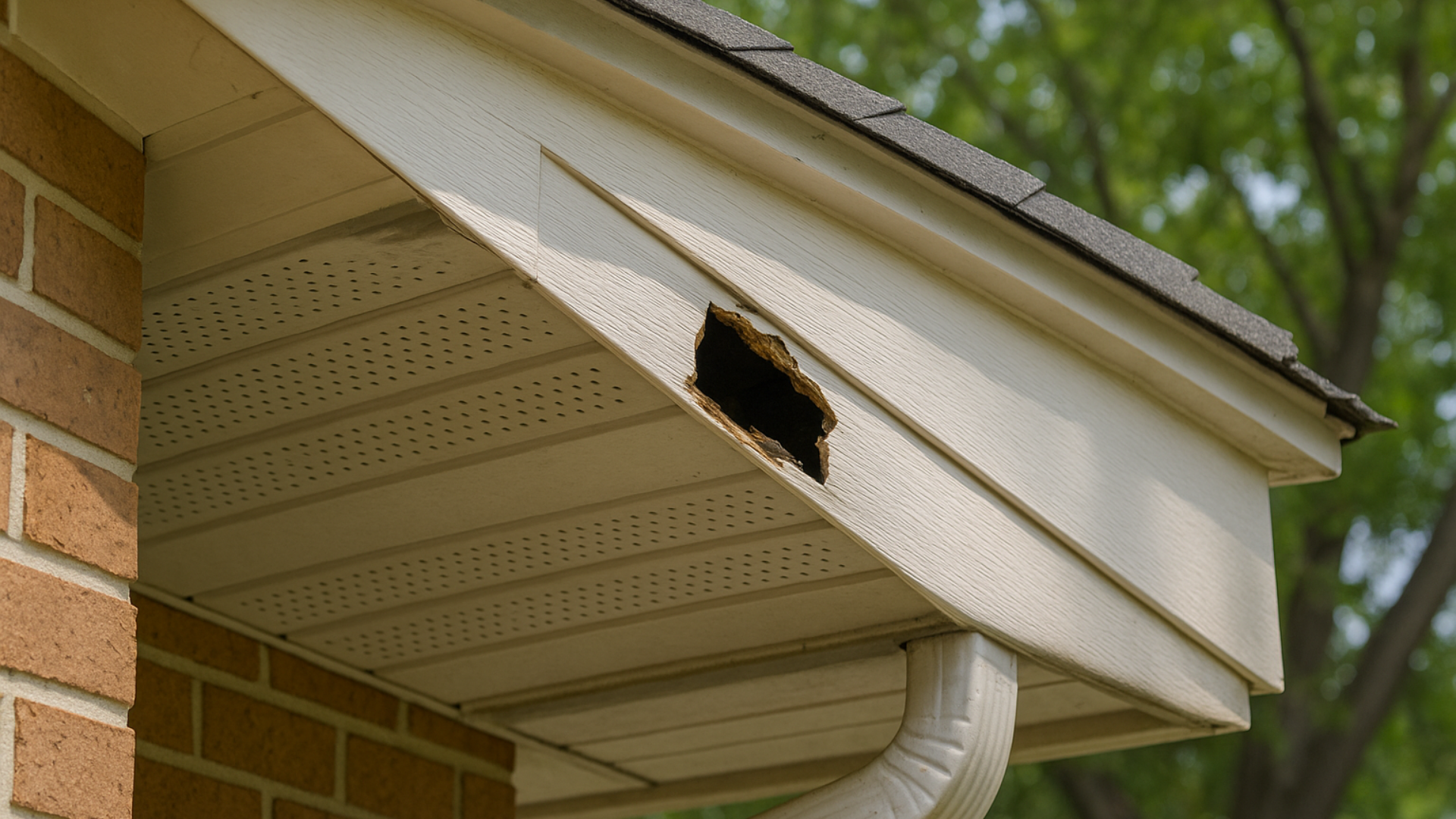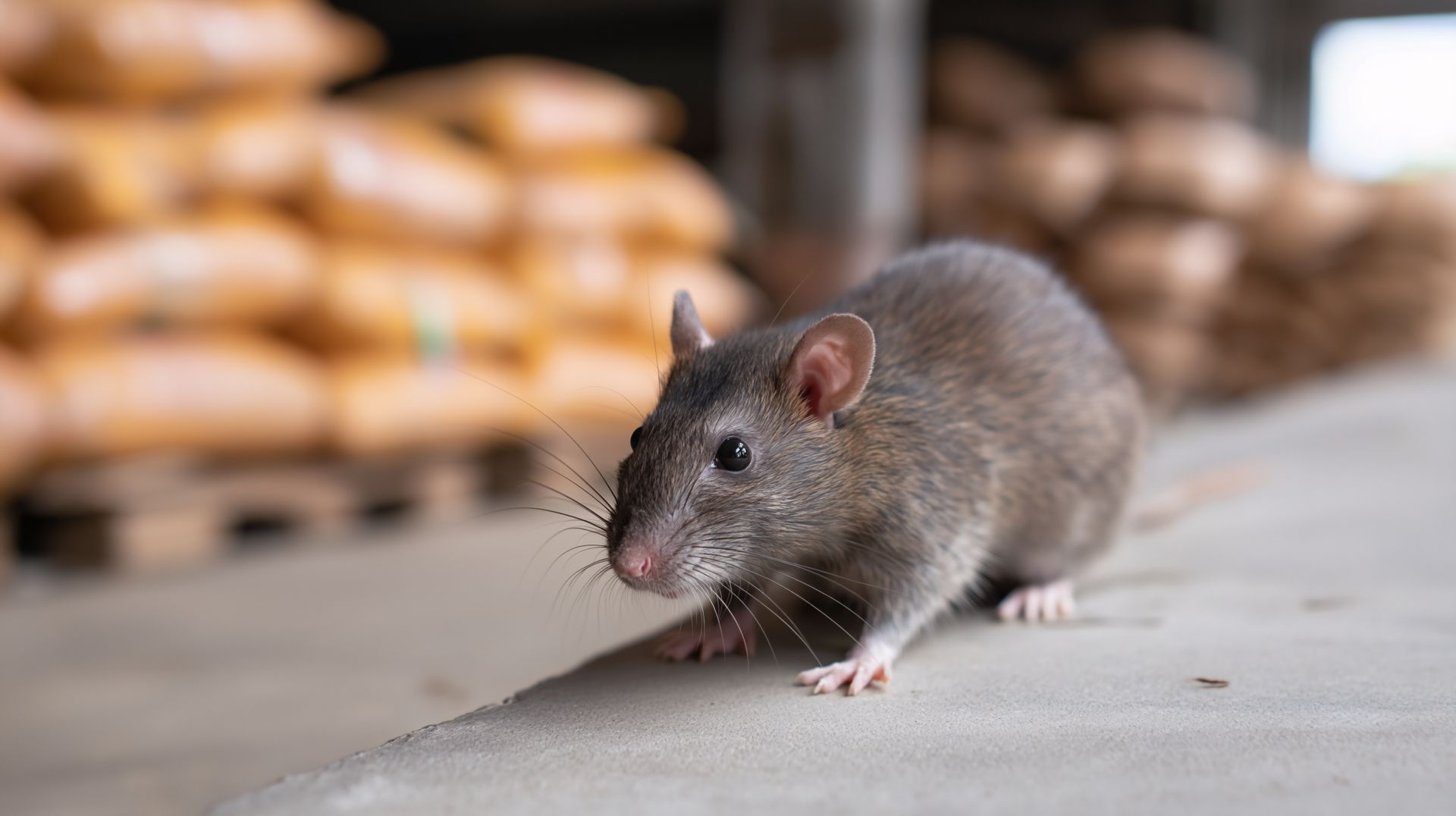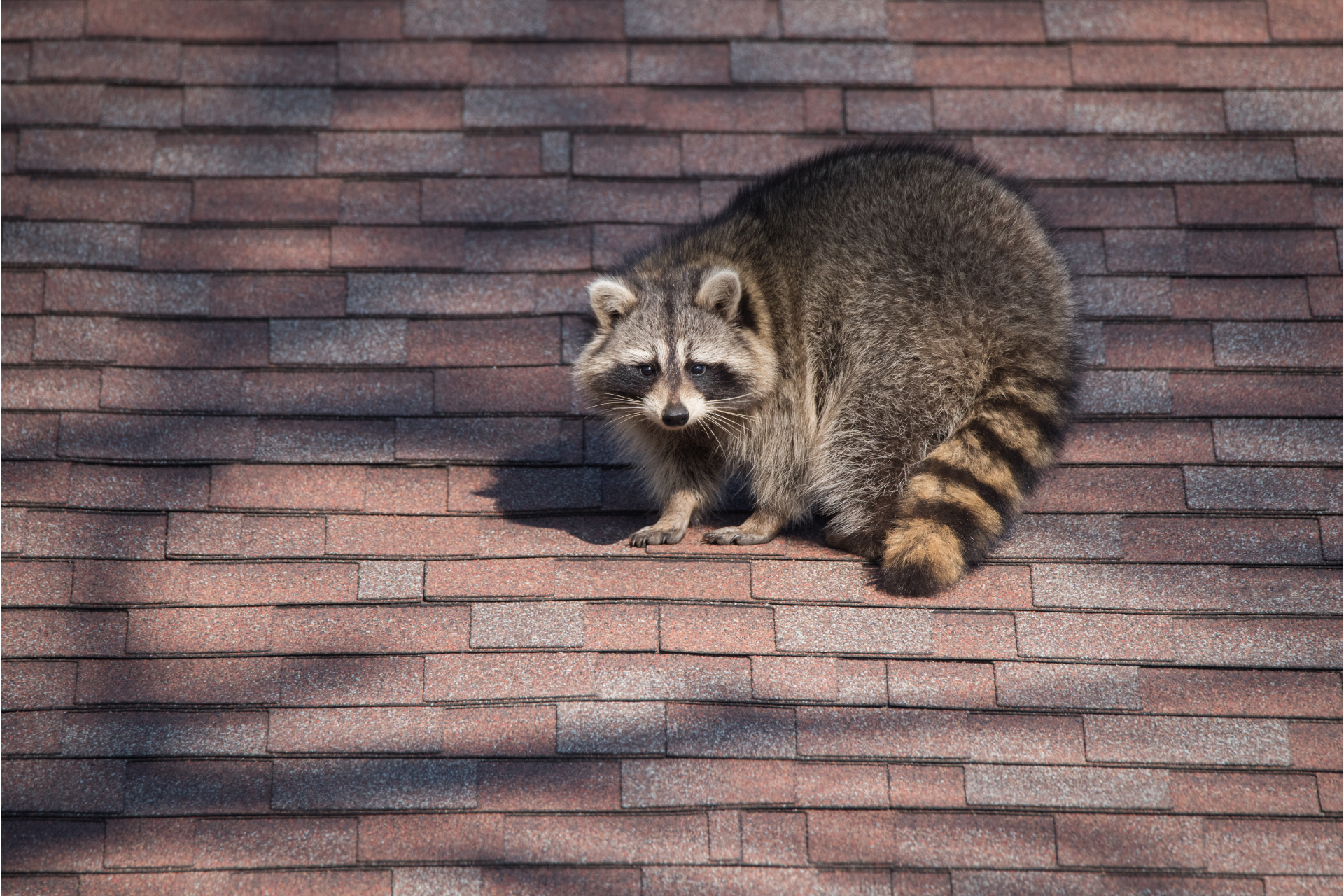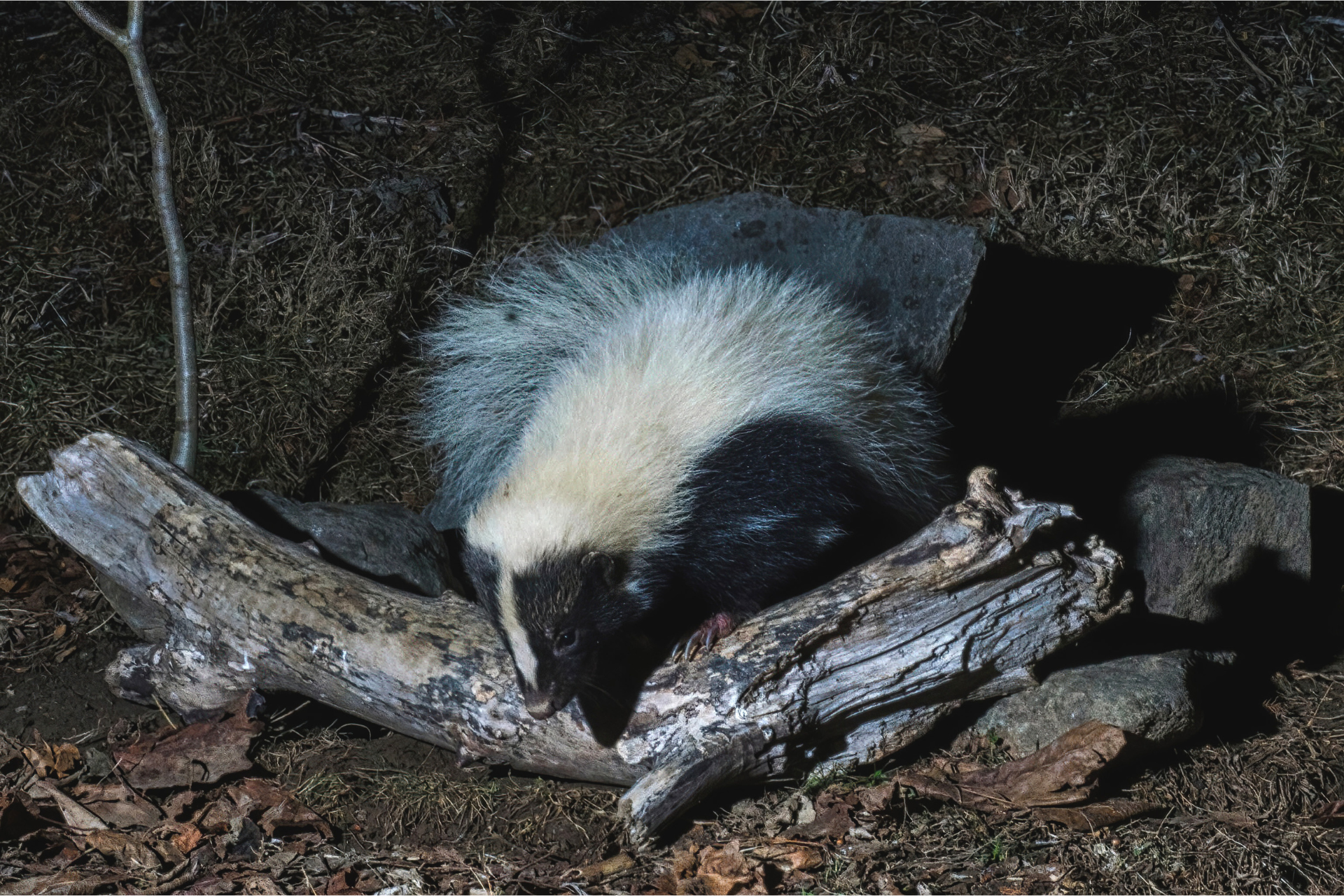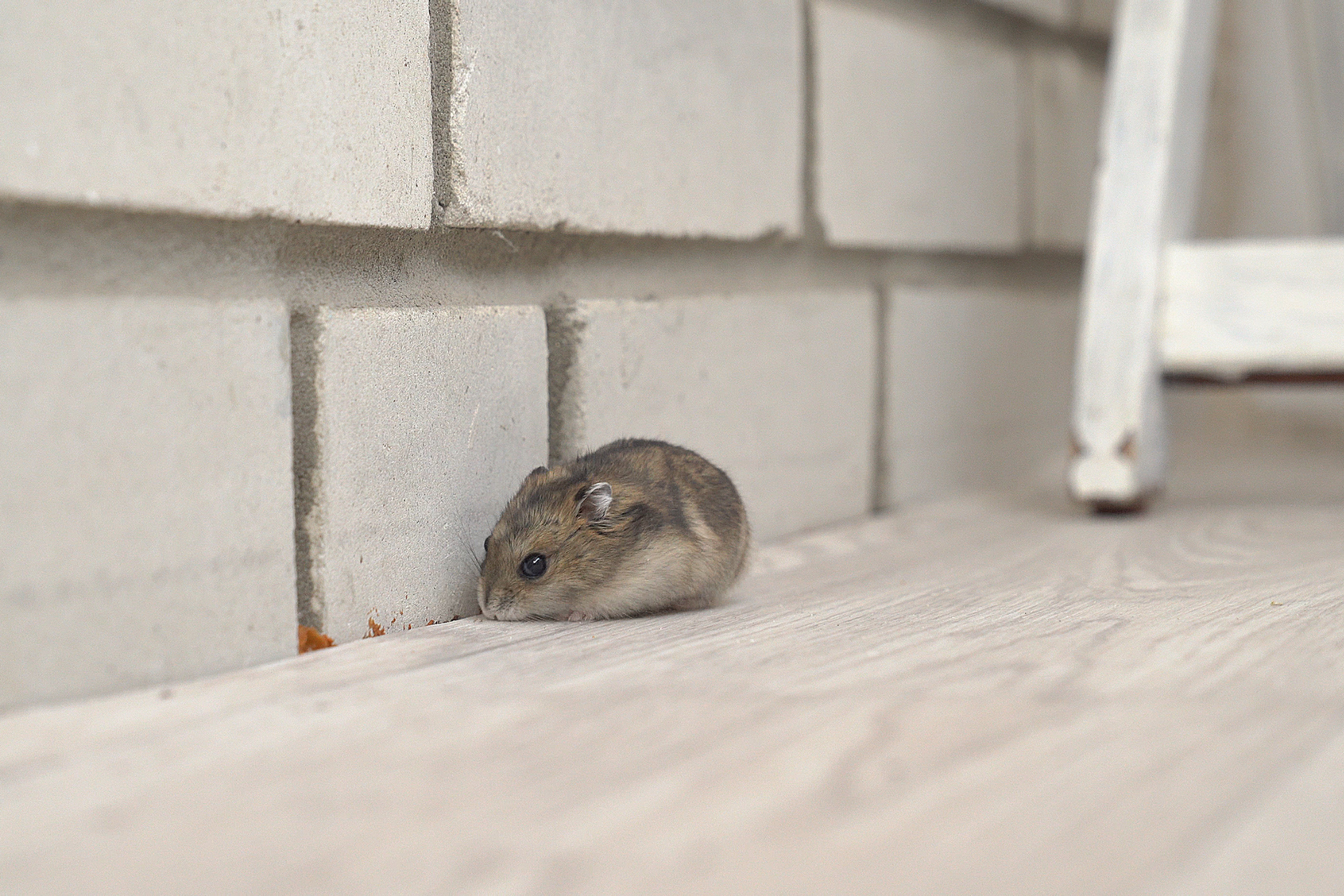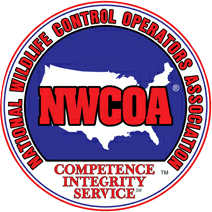Wildlife Removal In Multi-Unit Housing
Animal Control Challenges In Shared Living Buildings
Living in a multi-unit property has its conveniences—shared maintenance, lower costs, and a sense of community. But when wildlife slips inside, that same shared structure can turn into a serious liability. Animals like squirrels, rats, raccoons, and bats don’t see boundaries between apartments or townhomes. To them, the building is one big maze of connected walls, attics, crawl spaces, and basements—an ideal environment for nesting and exploring.
What starts as a faint scratching sound above one ceiling can quietly spread from one end of the building to the other. Because these structures often share ventilation systems, ductwork, and framing, animals can move unseen through the entire property. Once inside, they find warmth, shelter, and plenty of materials to build nests. And since many multi-unit properties sit close to wooded areas or urban green spaces, wildlife doesn’t have to travel far to find a way in.
Even the smallest entry gap—a loose vent, a cracked soffit, or a gap around a utility line—can provide easy access. Once an animal discovers a way inside, others often follow. Over time, these hidden spaces turn into a breeding ground for activity, creating problems that spread far beyond the initial entry point.
How Shared Structures Let Infestations Multiply
Multi-unit buildings are a patchwork of shared systems, which can unintentionally invite wildlife to spread. Attics often stretch over multiple apartments, providing open pathways above ceilings. A family of raccoons or squirrels nesting in one section can travel along beams and insulation to explore adjoining units. Because these animals tend to be active at night, residents might not notice them until the noise becomes hard to ignore.
The same goes for shared walls and crawl spaces. Rodents and smaller animals are masters at squeezing through tight openings around pipes, cables, and junction boxes. Once inside, they use these narrow passageways like hidden hallways, traveling freely between apartments. If food or warmth draws them in, they won’t stay in one place for long. Before anyone realizes what’s happening, several units can show signs of droppings, gnaw marks, or strange odors.
Basements and utility rooms play a big role in spreading infestations too. These areas often contain heating systems, plumbing, and wiring that tie the entire building together. Animals that enter from the ground level—especially rats or snakes—can use these networks to access different areas of the property. Moisture, clutter, and limited human traffic make basements particularly inviting. And once animals get comfortable there, they often venture upward through gaps or service lines.
The problem escalates because these shared spaces are hard to inspect. Property managers may check common areas regularly, but attics and interior voids can go unnoticed for years. Meanwhile, wildlife continues to move through unseen parts of the building, damaging insulation, contaminating air systems, and weakening the structure itself.
The Ripple Effect Of Ignoring The Problem
When wildlife takes hold in multi-unit housing, the impact stretches far beyond inconvenience. Every resident, whether directly affected or not, becomes part of the problem. Animals nesting inside shared spaces leave droppings, dander, and nesting debris that can spread odors throughout the ventilation system. Over time, this buildup causes health concerns and makes the air unpleasant to breathe.
The physical damage is another major issue. Chewed electrical wires create potential fire hazards, and torn insulation drives up heating and cooling costs. Wood beams, drywall, and flooring can become weakened from constant chewing and moisture exposure. The longer these animals remain inside, the more extensive and costly the repairs become.
There’s also the challenge of coordination. In multi-unit housing, one resident’s attempt to handle the problem independently often leads to frustration. Blocking one entry point might simply push animals into another area of the building. Temporary DIY fixes rarely solve the issue because wildlife doesn’t just stay put—it looks for the next easiest space. Without an organized, building-wide approach, the infestation keeps cycling through different units.
Ignoring early warning signs can also create tension among residents. Noise complaints, bad smells, and damage can easily lead to disagreements over who’s responsible for fixing it. Property owners or management teams can find themselves caught in the middle, trying to balance tenant concerns with the cost of repairs. The longer the issue drags on, the harder it becomes to contain.
Why Professional Service Matters
Dealing with wildlife in a multi-unit property takes more than setting traps or patching holes. It requires a full understanding of how the building is connected and how animals use those connections to move. Professional wildlife specialists are trained to think beyond one apartment or one source of noise—they look at the entire structure as a living system.
The process begins with a detailed inspection. Experts trace entry points from the roof to the basement, identifying how animals got inside and where they’ve traveled. Using specialized tools like thermal imaging and motion detection, they locate nests or activity that might not be visible from the surface. Once the extent of the problem is mapped out, technicians remove the animals humanely and begin sealing every vulnerable opening that could let them return.
Cleanup and restoration are just as important. Contaminated insulation, nesting debris, and droppings need to be removed to prevent lingering odors or potential health concerns. Repairs to wiring, drywall, and insulation help restore the property’s integrity, while professional sanitation ensures that no traces remain to attract new intruders.
The key advantage of working with professionals is their ability to create long-term prevention plans. They understand that every property is different, so they customize strategies to match each building’s structure and environment. From securing vents and repairing gaps to recommending ongoing inspections, these measures help protect against repeat invasions.
Coordinating these efforts across the entire property is what makes a real difference. A single approach applied to every unit, attic, and basement section ensures that wildlife has no place left to hide. Once the cycle is broken, the building can return to normal—and residents can finally relax without the constant sounds of scratching or scurrying overhead.
Restoring Comfort To Your Home
Wildlife intrusion in multi-unit housing can grow from a small issue into a property-wide disruption faster than most people expect. Shared walls, basements, and attics give animals countless ways to expand their territory and make removal more complicated than it seems. The smartest move is to act early and involve professionals who understand how these connected structures work.
At Wildlife Services, we specialize in identifying, removing, and preventing wildlife infestations in multi-unit properties. Our team knows how to trace activity across shared spaces and eliminate entry points throughout the building. If you’ve noticed unusual noises, odors, or damage that might point to wildlife,
contact Wildlife Services today. We’ll help protect your property and restore a sense of comfort for everyone who calls it home.
